
FAQ SDS Indexing
Faq automatic indexing SDS
The automatic SDS indexing service provides you with a truly comprehensive archive of indexed SDSs.
In this article we answer some of the most common questions about digitalization automatic SDSs made using ChemParser.
How many SDSs do we make available to you?
All of them! How do we do it? Simple, we index your SDSs.
We use your SDSs, without drawing from one of our pre-existing databases by going, if you wish, to check on your behalf for the availability of any updates. Your SDSs will be shared only with your enabled users, maintaining the confidentiality of your data, processes and assessments.
What does it mean that we use your SDSs?
We start from the SDSs you received and automatically index them.
We create your corporate database of SDSs related to products purchased and delivered by your suppliers, index them automatically, and make them available to you with the extracted data for research and analysis.
What is automatic indexing?
It consists of transferring information from SDS PDFs into a structured digital repository. To do this the data must be recognized, interpreted and normalized.
What should SDSs look like?
What does it mean that the data is normalized?
The data extracted from your SDSs are codified, where necessary, according to the CLP/GHS tables.
Do you recognize the pictograms?
Pictograms are identified through special methodologies of image recognition, and are also encoded when the SDS does not specify the relevant CLP/GHS code.
What if the SDS refers to a mixture?
Automatic SDS indexing is capable of digitalize both substance and mixture SDSs. In the latter case all the data of the substances that make up the mixture are also interpreted and extracted and are structured as "details" of the SDS of the mixture, as such they are searchable, analyzable and monitorable just like the other substances.
When are SDS data extraction rules implemented?
The implementation of extraction rules is continuous. In fact, indexing of SDSs is done by ChemParser, which is an intelligent system that implements new rules as it processes SDSs written on new formats.
What data is automatically extracted?
Below is a table of extracted data by section.
What data is automatically extracted from the Safety Data Sheets (SDS)?
Below is a table of "standard" data extracted by section. Additional information can be extracted based on specific requests made by client companies.
Section 1
Identification
- Name of the substance or mixture (trade name, mixture name)
- Date of revision
- Language
- Product Type (Substance/Mix)
- Name of manufacturer
- UFI Code
- Relevant and discouraged uses
Section 2
Hazard Identification
- CLP Classification/Category
- Pictograms
- Warning
- H phrases (hazard statements)
- P phrases (cautionary advice)
Section 3
Composition / Component information
- Substance name/designation
- CAS number, EC number, Index, REACH registration number
- CLP Classification/Category
- H phrases (hazard statements)
- Concentration ranges (Range %)
- M factor
- Notes
Our team is here to help you manage SDSs and keep track of hazardous substances!

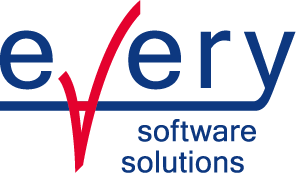

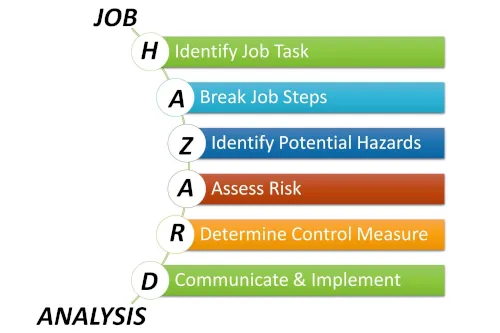
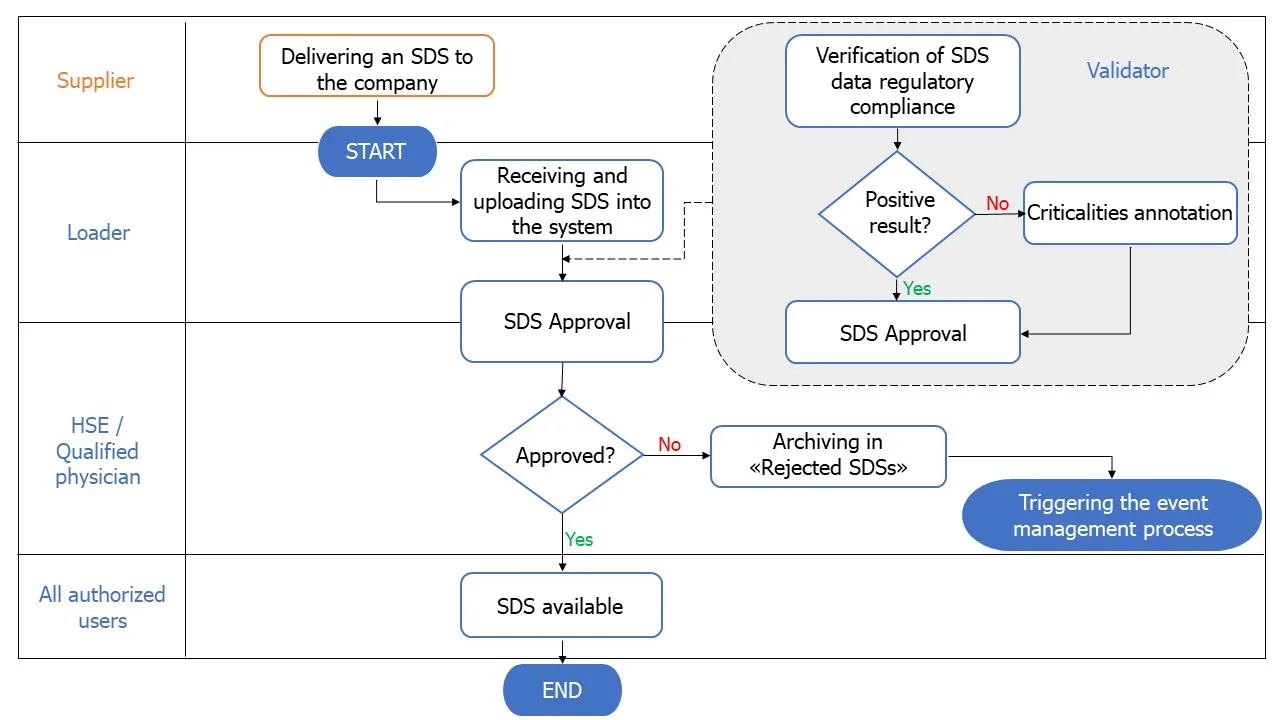


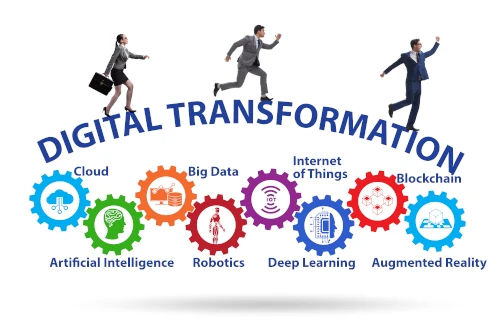
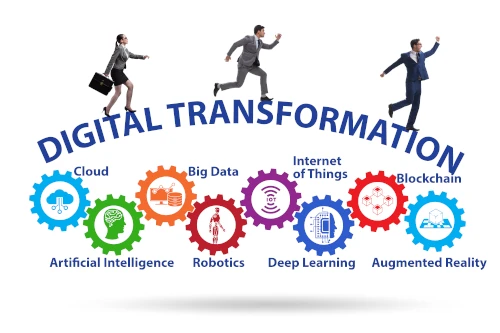
Recent Comments